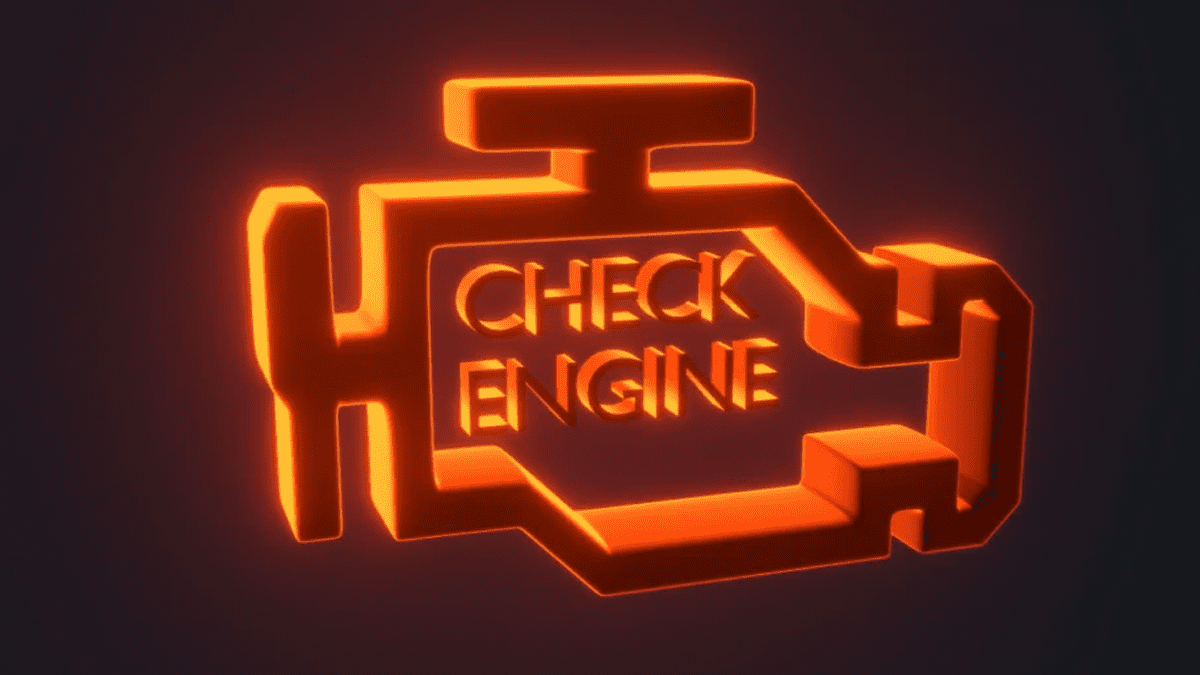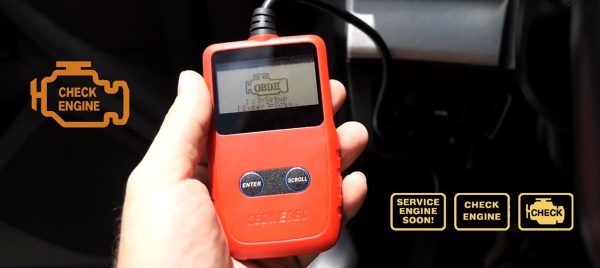The illumination of the check engine light on your vehicle’s dashboard is more than a mere signal; it’s a critical alert from your car’s intricate network of systems. This light serves as a beacon, drawing attention to various issues ranging from minor anomalies to serious malfunctions. It’s essential for drivers to grasp the importance of this light, as it plays a pivotal role in preserving the health of your vehicle and ensuring its safe operation. This guide is crafted to unravel the mysteries of the check engine light, offering an in-depth understanding of its function, deciphering its signals, and providing a structured approach to address the issues it highlights.
Advanced Understanding of the Check Engine Light
The check engine light is a vital element of your vehicle’s sophisticated onboard diagnostics system, known as OBD-II, which has been standard in most vehicles since the mid-1990s. This advanced system is engineered to scrutinize your vehicle’s performance meticulously, keeping a watchful eye on critical components like engine operations, emission controls, and various other subsystems. When the OBD-II identifies a problem it cannot rectify autonomously, it activates the check engine light. This activation is your vehicle’s method of signaling that something is amiss and necessitates your attention.
In-Depth Role of the OBD-II System
The OBD-II system operates as a comprehensive network, tirelessly monitoring an array of sensors and mechanisms within your vehicle. It’s tasked with overseeing the well-being of vital areas such as emission control systems, engine parameters, and overall performance metrics. If these sensors transmit data that deviates from the expected range and the OBD-II system fails to normalize these readings, it logs a specific diagnostic trouble code (DTC) and lights up the check engine light as an alert for the driver.
Deciphering the Alert
The activation of the check engine light often leads to confusion and uncertainty, necessitating a well-informed strategy to decode its message. Gaining clarity on what your car is attempting to convey is crucial for effectively resolving the underlying issues.
Interpreting Trouble Codes
Each diagnostic trouble code recorded by the OBD-II system is distinctive, indicating a particular issue within the vehicle. These codes, generally comprising a letter followed by a sequence of numbers (such as P0302), serve as a detailed language of diagnostics. The initial letter pinpoints the system involved, like ‘P’ for Powertrain or ‘E’ for Emissions, while the following numbers delve into the specifics of the detected problem. This granular level of detail aids technicians and car owners in identifying and addressing the exact nature of the issue.
Comprehensive Overview of Common Triggers
The check engine light can be triggered by a wide spectrum of issues, from straightforward and easily rectifiable to complex and demanding expert intervention. Common triggers include conditions like a loose or faulty gas cap, which can lead to fuel system imbalances and emission discrepancies, or more intricate problems such as malfunctions in the oxygen sensor, affecting fuel efficiency and emissions. Other prevalent triggers involve the catalytic converter, mass airflow sensor, or ignition system complications, each contributing to varying degrees of performance degradation.
Proactive Vehicle Maintenance Strategies
Preventative care is essential in circumventing the activation of the check engine light. Adhering to a regular maintenance schedule is paramount, encompassing routine procedures such as oil changes, air filter replacements, and meticulous inspections of vital engine components. An acute awareness of your vehicle’s performance nuances, like shifts in fuel economy, engine behavior, or unusual auditory signals, can forewarn of impending issues. Promptly addressing these early signs is crucial in averting more severe complications.
Concluding Insights
The check engine light is an indispensable component of your vehicle’s diagnostic arsenal, playing an integral role in ensuring its operational integrity and safety. Acknowledging its alerts and responding with due diligence is fundamental. Arming yourself with knowledge about this system and maintaining a consistent maintenance regimen are key to a smooth, reliable driving experience. When confronted with complex or unclear scenarios, seeking the expertise of a professional mechanic is always a prudent course of action, safeguarding the well-being of your vehicle.



